Zelensky’s invasion of Russia sends message to Moscow — and Washington
Ukraine’s audacious move across the border deep into Russian territory is an effort to show the world his country is still in the fight.
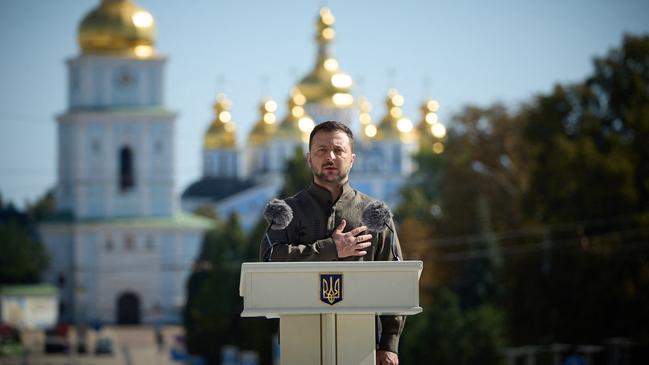
Ukrainian President Volodymyr Zelensky marked his country’s Independence Day on Saturday with a video shot in the region where his armed forces launched a brazen offensive designed to send a message to Russia – and the West.
Russian President Vladimir Putin “will not dictate any of his red lines to us”, Zelensky said against the backdrop of forests and hills in Ukraine’s northern Sumy region.
“Only Ukraine and Ukrainians will determine how to live, what path to take, and what choice to make.”
After a year of gradually losing ground on the battlefield, Zelensky made an audacious gamble to seize back the initiative. His bet is that the operation that began August 6 won’t only knock Russia off balance and force it to shift its troops, but also encourage the West to throw its weight more firmly behind Ukraine. Zelensky has been calling for more weapons and for US permission to use long-range ATACMS missiles on Russian territory.
Zelensky also needs to maintain the faith of weary Ukrainians who have endured 2½ years of war. Increasingly, some are considering whether some kind of accommodation with Russia might be better than a slow suffocation.
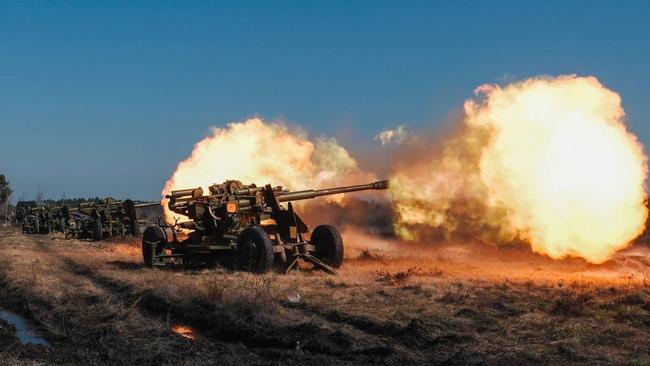
By boldly moving into Russia, their President is trying to convince Ukrainians they still have fight in them.
Since pouring armoured vehicles and thousands of its best troops into Russia’s Kursk region in a lightning advance, Ukraine’s army has occupied almost 100 Russian settlements and taken as much territory as Russia has from Ukraine this year.
Zelensky has lauded the capture of some 2000 Russian soldiers in Kursk. On Saturday, 115 of them were exchanged for the same number of Ukrainians who had languished in Russian captivity.
The evacuation of 130,000 residents from Kursk puts pressure on Putin, whose long rule has been underpinned by a promise of safeguarding security for Russians. It also shifted the prevailing narrative of a Ukraine unable to stop Russia’s military juggernaut.
US President Joe Biden’s administration was caught off guard by Zelensky’s gambit. In contrast to previous battlefield moves, Ukraine kept the details of the operation quiet.
The US was initially confused about why Ukraine had taken such a drastic move and what would come next.
“Eyebrows were raised very high,” a senior administration official said.
Zelensky has said Ukraine purposefully kept even allies in the dark as he assumed they would say it was unrealistic as it crossed “the reddest of red lines” for Russia.
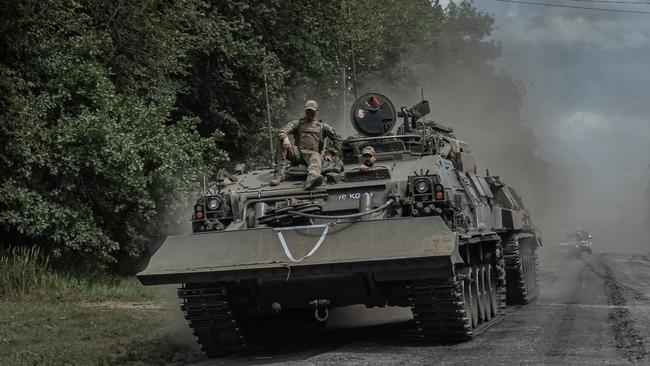
He has said Russia’s muted response shows that the West has little to fear from Russian threats and should give stronger backing to Ukraine, including allowing strikes with longer-range missiles.
The administration is cautiously waiting to see if Zelensky’s gamble will pay off. From the White House and the Pentagon to the headquarters of US European Command in Germany, officials are watching with cautious optimism.
“I think at some level, it shows, once again, sometimes the fragility of the Russian military security, that they were seemingly unprepared for this event,” said Chris Maier, the top Pentagon official for special operations.
Publicly, Zelensky has said the goal of the Kursk incursion is in part to create a “buffer zone”. But at the Pentagon, senior officials still have questions – particularly whether and how Ukraine is planning to expand that zone, spokeswoman Sabrina Singh said on Thursday. Senior officials also aren’t convinced Ukraine can hold the area it has taken.
“Is their intention to continue to hold? Or, when they say they’re creating a buffer zone … how large are they going to expand?” Singh said. “These are some of the questions we’re asking.”
The biggest risk for Ukraine is that diverting troops for the incursion will spread its forces too thin on the frontline in the country’s east.
Russian troops have ramped up assaults on the town of Chasiv Yar and are just 8km from the logistical hub of Pokrovsk.
‘It shows, once again, sometimes the fragility of the Russian Military security, that they were seemingly unprepared’
If Russia makes greater gains there, it could place further pressure on Zelensky at home and increase international calls for him to initiate peace talks with Russia – at a time when he’s poorly placed to wring concessions from Putin.
“There’s a sense that this operation has boosted optimism and somewhat improved the government’s standing,” said Anton Hrushetskiy, director of the Kyiv International Institute of Sociology, which conducts nationwide polls. “But whether that’s a short- or long-term effect depends on how the operation culminates and how bad things get in the east.”
US officials say the Ukrainian objective in Kursk is threefold: force Russia to divert troops from Ukraine’s east; break the narrative of battlefield defeat, and; improve Ukraine’s standing ahead of potential peace talks. For now, all three goals have been achieved, to a limited degree.
Ukrainians who have spent years calling for Zelensky’s administration to expedite negotiations over the fate of soldiers stuck in Russian jails have also found something tangible to pin their hopes on: the realistic prospect that their husbands and sons will return home in further prisoner swaps involving Russians whom Kyiv says it took captive in Kursk.
“For the first time, I have hope,” said Tetiana Vyshniak, whose son, Artem, was among soldiers of the Azov regiment captured in Mariupol in May 2022, after holding out for weeks at the city’s Azovstal steelworks. “I started to believe that something might happen.”
Artem, who in March was sentenced by a Russian court to 22 years in prison on terrorism charges, is among some 900 Azov prisoners of war held by Russia. Kyiv alleges that some have been subjected to particularly brutal treatment by the Russians. In July, an Azov soldier died in Russian captivity from a “closed chest injury caused by a blunt object”, according to an autopsy conducted in Ukraine.
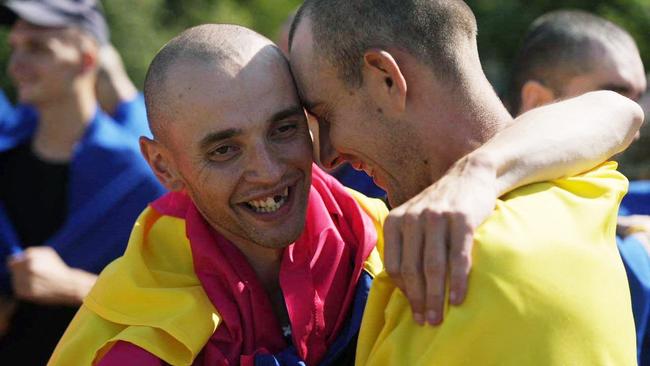
Russia still holds far more prisoners of war than Ukraine does, but Kyiv’s capture of hundreds in Kursk has brought it closer to parity. Russia and Ukraine have swapped more than 900 soldiers this year so far, but a five-month hiatus last year stretched the capacity of the jails Ukraine uses to host POWs, according to a Ukrainian intelligence official familiar with the situation.
Vyshniak has attended demonstrations in Kyiv and travelled abroad to lobby for intercession on her son’s behalf, even meeting with Pope Francis at the Vatican in June.
But it wasn’t until the capture of Russian prisoners in Kursk that her mood changed. In a meeting with her and other Azov relatives last week, a senior Ukrainian intelligence officer said the chances of a swap involving Azov soldiers had dramatically risen.
On Saturday, the returning Ukrainian prisoners, their heads shaved and with Ukrainian flags draped around their emaciated shoulders, sang their national anthem as they reached Ukrainian territory.
“We remember each and every person,” Zelensky wrote in a statement. “Thanks to every military unit that increases our pool of prisoners for exchange.”
The Wall Street Journal
Oksana Grytsenko and Lara Seligman contributed to this article.



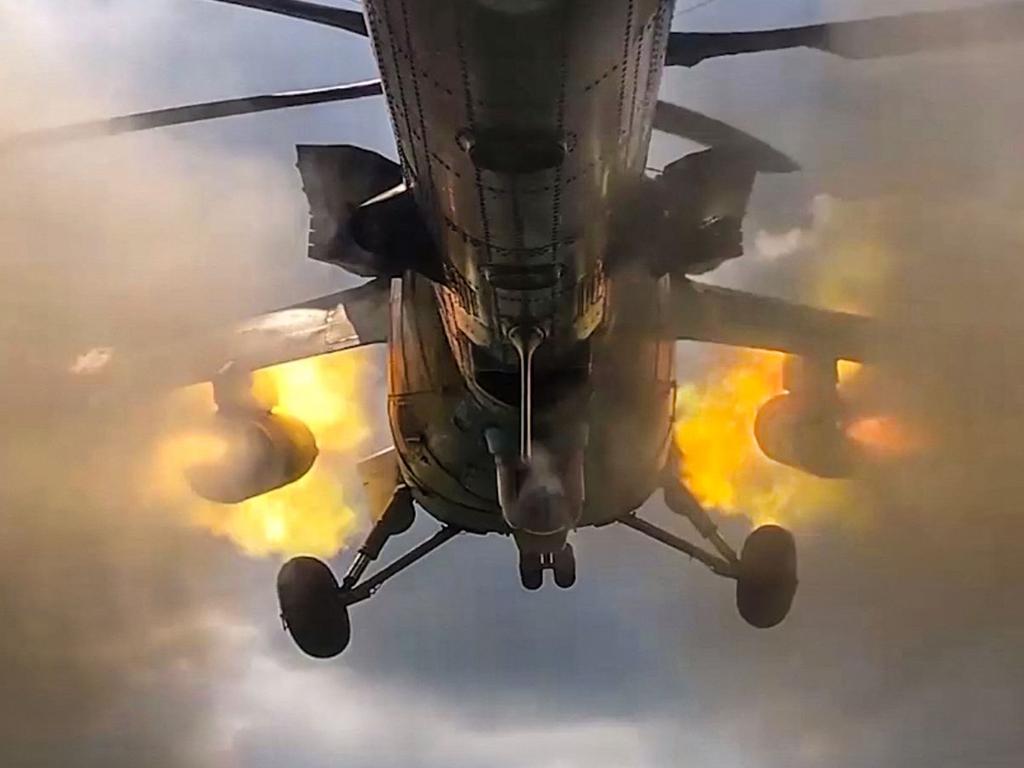
To join the conversation, please log in. Don't have an account? Register
Join the conversation, you are commenting as Logout